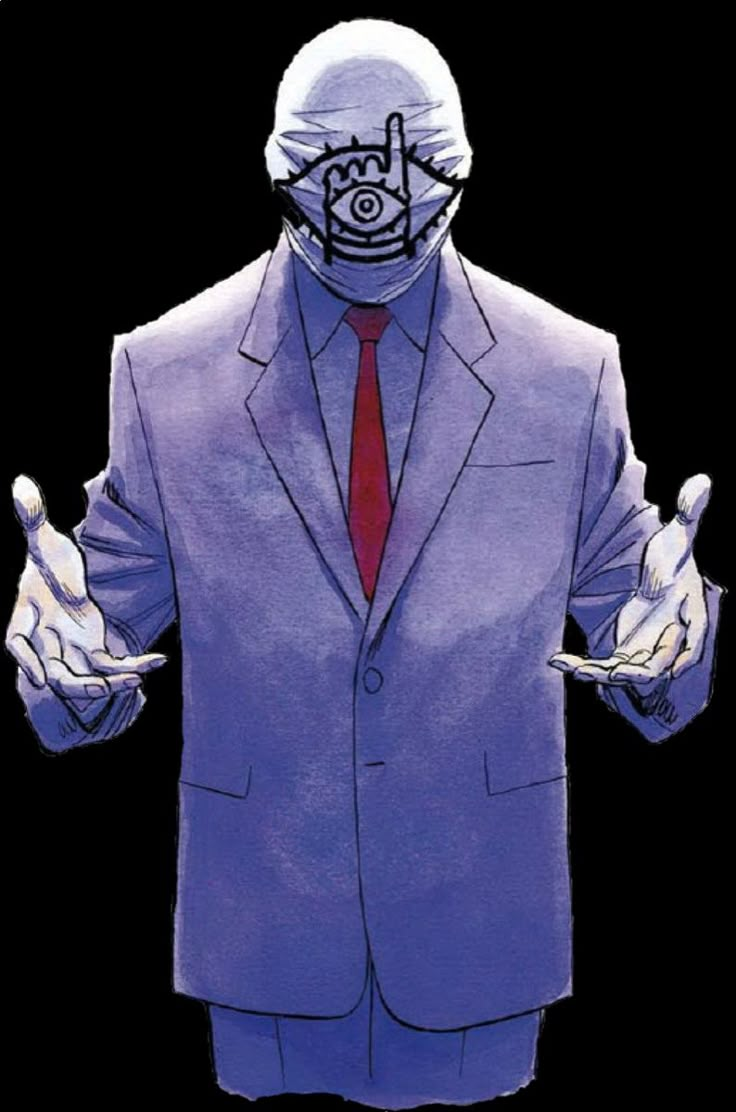
The Role of Rival Characters in Developing Main Heroes
Share
Rival characters do more than simply challenge a hero; they shape the very core of who the hero becomes. Rather than acting as mere obstacles, rivals mirror the strengths and weaknesses of main heroes, pushing them into moments of growth and transformation. This kind of dynamic adds layers to storytelling, giving readers a deeper connection to the hero’s journey.
By reflecting the hero’s qualities and offering meaningful opposition, rivals create tension, motivation, and emotional depth. They bring out new sides of the main character, making the journey richer and more compelling. Let’s explore how rivals contribute to a hero’s evolution and the lasting impact they make.
How Rival Characters Challenge and Motivate Main Heroes
Rivals often arrive with skill sets and ambitions that compete directly with the hero’s. This competition forces the hero to face their flaws and raise their game. The result is a story where the hero’s growth is anchored in real, tangible conflict.
![]()
Mirroring Strengths and Weaknesses
A rival usually shares qualities with the hero—they might be just as skilled, intelligent, or driven. But the key difference lies in their approach or personality. This contrast reveals the hero’s blind spots and vulnerabilities. For example, a rival who is cunning but impulsive might expose the hero’s lack of boldness or creativity.
This mirroring makes rivals more than just opponents; they become a reflection of the hero's potential and challenges. The hero’s weaknesses become clearer because the rival embodies them in a different way, highlighting what the hero needs to improve.
Fueling the Hero’s Growth and Ambition
The desire to surpass a rival can lead a hero to break through their limits. When a rival shows excellence, it sparks ambition and determination in the hero. The drive to win isn’t just about defeat—it’s about proving to themselves that they can rise to the occasion.
This competitive energy pushes heroes to develop not only their practical skills but also their mental strength. It adds urgency and purpose to their journey, making every victory and setback feel meaningful.
Beyond Conflict: Deepening Character Interaction
Rivalries aren’t only about fighting or competition. Many stories include moments where rivals share conversations, psychological warfare, or reluctant respect. These interactions deepen the narrative and reveal more complex sides of each character.
This kind of interaction turns a rivalry into a layered relationship. It becomes clear that the rival is essential to the hero’s path, acting as a mirror and a motivator at the same time.

The Emotional and Thematic Impact of Rivalries on Main Heroes
Rivals can trigger emotional breakthroughs, drive thematic tension, and even change the hero’s beliefs. They push the hero to reflect on their choices and values through the tension their clashes create.
Rivals as Emotional Catalysts
When facing a rival, a hero can experience frustration, doubt, or even despair. These emotional moments make stories feel authentic because the hero isn't just physically tested—they’re challenged emotionally and mentally too.
These intense moments often lead to breakthroughs. The hero learns to face fears, rethink strategies, and grow emotionally. That adds layers to storytelling and makes the hero's success feel hard-earned and inspiring.
Representing Opposing Ideals and Choices
Rivals frequently symbolize different worldviews or decisions. Through their clashes, they force heroes to question their own values or reaffirm them in new ways.
For example, one rival might represent ambition at all costs, while the hero values loyalty. This contrast isn’t just conflict for the sake of drama—it makes the story ask deeper questions about what truly matters, helping heroes to define their ideals.
Evolving Rivalries: From Enemies to Allies
Rivalries can shift over time. Sometimes foes become friends, or rivals find common ground. This change broadens character development, showing heroes learning to see complexity beyond black and white.
Such a shift also adds unpredictability to the story. It highlights growth—not just in physical skill, but in empathy and understanding. These evolving rivalries enrich the plot and keep readers engaged.

Conclusion
Rival characters play a crucial role in shaping main heroes. They challenge talents and morals, provide essential motivation, and deepen emotional resonance. Rivals aren’t simply obstacles; they are forces that drive the hero to grow and question who they are.
Storytellers benefit from creating rivals who mirror and oppose heroes in believable ways, crafting a relationship that brings out new layers and richer storytelling. Whether through fierce competition, complex dialogue, or shifting alliances, rivals make heroes’ journeys more gripping and profound.
For insights on diverse character roles in storytelling, check out this comprehensive guide to anime character archetypes that explores how rivals and heroes come together to shape narratives.
To dive deeper into creating engaging rival characters, consider exploring resources on our blog which sheds light on crafting rivalries that fuel tension and character growth naturally.
By focusing on rivals carefully, writers and readers alike can appreciate the full journey of a hero, enhanced by an equal
